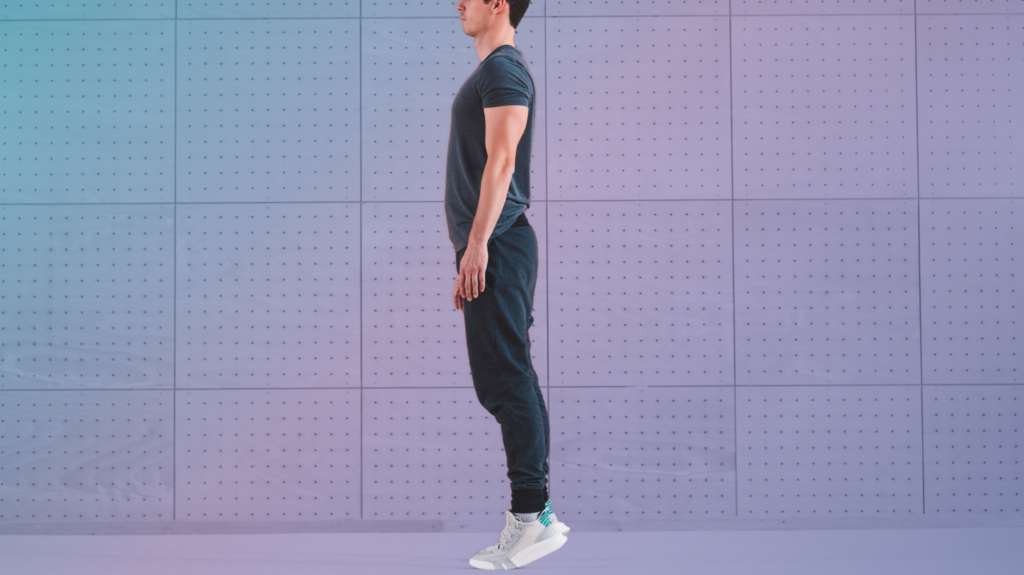People often assume that physical therapy simply involves the implementation of different exercises to target specific muscles in order to correct problems, like movement deficits, pain, or injury. However, I believe it is more effective to train the movement pattern of the body as a whole, rather than isolating and training a single muscle. We are three-dimensional beings in a three-dimensional world, so it makes perfect sense that our exercise and training should be three-dimensional as well.
Our muscles and joints are designed to move our limbs through space. As a result, multiple muscles need to contract in rhythm with each other to complete that motion. Identifying the most likely cause of your pain or injury isn’t always easy. When analyzing movement patterns of the body as a whole, we can determine which parts of the body have strength deficits or movement impairments that are contributing to flawed movement patterns. Historically, therapists have tried to isolate a specific muscle to rehabilitate and improve strength to correct the movement pattern. However, isolating the muscle will only improve that muscle; it will not correct the rhythm or timing of the movement.
Neuromuscular reeducation (the process of retraining the brain and body to work together, encouraging the body to move in the correct way) is a key component in movement training. Whether it is a relatively basic movement such as squatting, or a more complex motion such as swinging a bat or throwing a baseball, it is important to train all of the muscles involved to contract when and how you want them to. In order to do this, we need to perform exercises that mimic the actual movement. This means we need to train multiple muscle groups at a time.
For example, consider a pitcher who is recovering from a rotator cuff repair, is 15 weeks post-op, and wants to return to a throwing program. Laying this patient on his side and performing resisted external rotation to improve the strength of the infraspinatus muscle in his shoulder will help heal the rotator cuff, but it will not improve his throwing mechanics, which is likely the reason he tore his rotator cuff in the first place. Standing a patient up, checking his hip motion, ensuring proper force generation from the ground up, and progressing through a series of eccentric rotator cuff strengthening exercises will return this patient to the field safely and quickly.
Keeping exercises functional in nature will help to improve the strength, endurance and rhythm of all of the muscles involved in the movement pattern. Understanding which muscles should contract, when they should contract and how they should contract is important to understanding and correcting movement deficits. Proper, functional training will help to safely return patients to activity quickly and will help to prevent future injury or re-injury.




